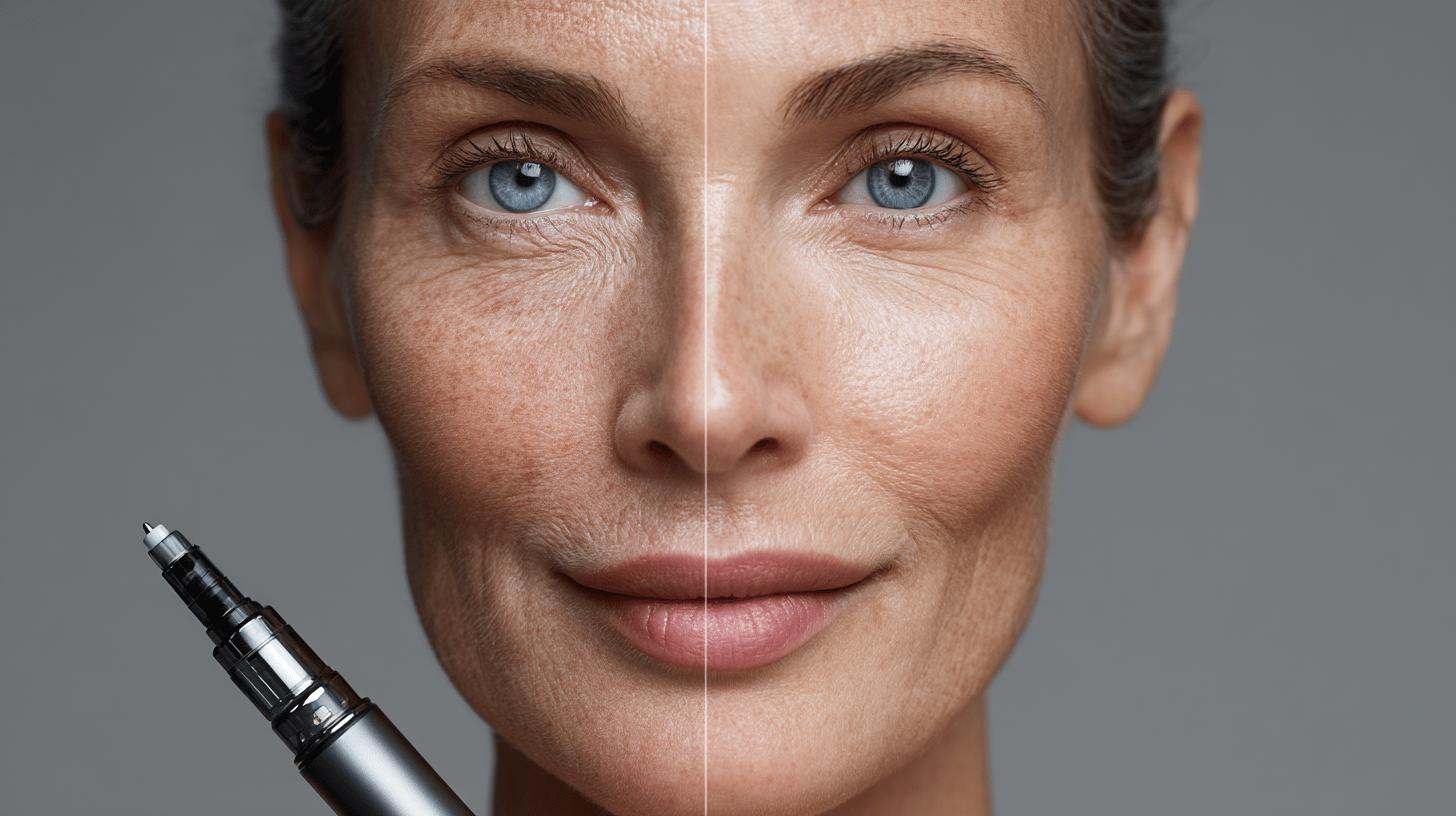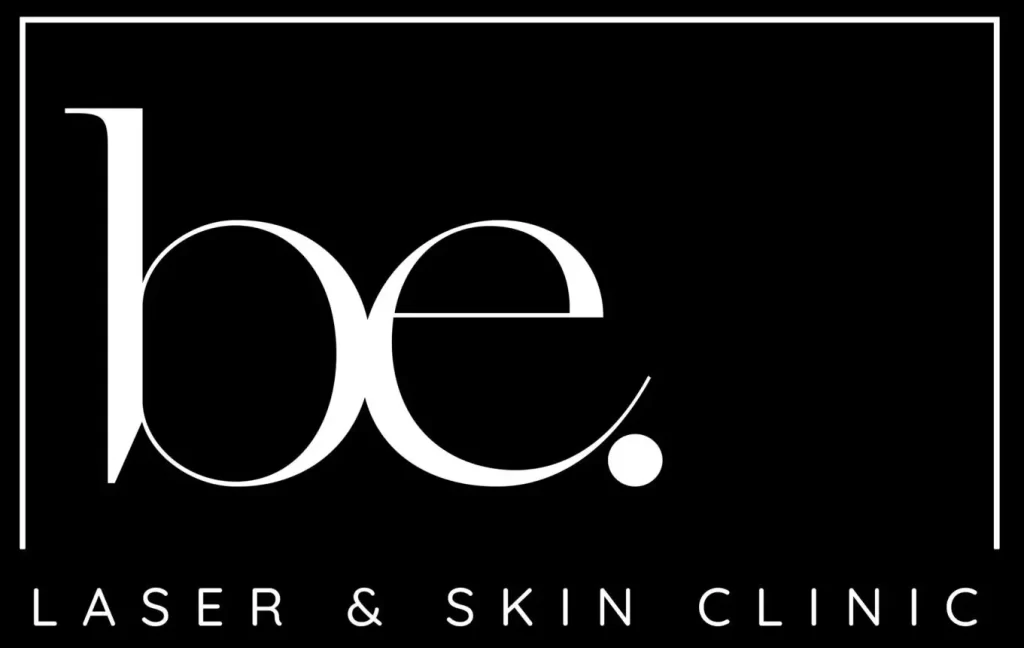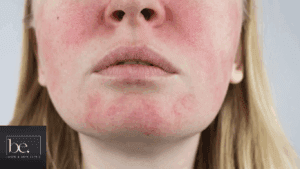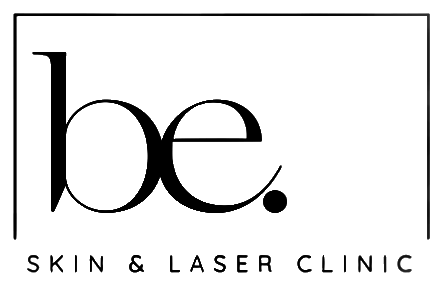When seeking the ultimate collagen-boosting therapy, should you opt for Plasma Pen or Microneedling? This pivotal question shapes the future of your skincare routine, leading you towards smoother, tighter, and rejuvenated skin. Both treatments claim to enhance collagen production, but the path to your skincare goals might differ vastly. Understanding these non-surgical treatments in detail is crucial for making an informed decision. Through this article, readers will explore the workings, benefits, and specific applications of Plasma Pen and Microneedling, allowing for a clearer picture of which treatment aligns best with their aesthetic aspirations.
Understanding Plasma Pen Therapy for Collagen Boosting
Plasma pen therapy, a non-surgical treatment, employs plasma to create small electrical arcs that stimulate fibroblast cells. This process enhances collagen production and promotes skin tightening, making it highly effective for addressing fine lines, wrinkles, and skin laxity. Additionally, plasma pen therapy can be used for the removal of skin tags.
Typically, plasma pen treatments range from 30 minutes to an hour, depending on the area being treated. While the recovery period is longer, taking approximately 6-8 weeks, the results are notable and can last for at least three years, making it a worthwhile consideration for long-term skin improvement.
How Plasma Pen Works
The plasma pen utilises plasma energy to create micro-injuries on the skin’s surface. These controlled injuries stimulate fibroblasts, which are crucial cells in the skin’s healing process. When fibroblasts are activated, they promote the production of collagen and elastin, two proteins that are essential for maintaining skin firmness and elasticity.
This mechanism effectively tightens the skin and improves its texture over time. The treatment is particularly beneficial for targeting deeper wrinkles and areas with significant skin laxity, such as drooping eyelids.
The use of plasma energy also ensures that the surrounding skin tissue remains unaffected, which contributes to the precision and safety of the treatment. For individuals seeking a non-surgical method to rejuvenate their skin and enhance collagen levels, plasma pen therapy presents a compelling option.
Exploring Microneedling as a Collagen-Enhancing Treatment
Microneedling is a non-invasive option that effectively boosts collagen production. How does microneedling work? By using small, sterilised needles to create micro-injuries in the skin, this procedure stimulates the body’s natural wound healing process. This, in turn, promotes the production of collagen and elastin, vital proteins for skin firmness and elasticity.
How long does a microneedling session take? Typically, a facial treatment lasts less than 30 minutes, making it a convenient choice for those with busy schedules. Results are usually visible after 3 to 4 weeks and can last from 3 to 5 months.
What are the benefits of microneedling? The treatment is renowned for improving skin texture and tone, reducing pore size, and minimising the appearance of acne scars. It is versatile and can be applied to the face, body, and even the scalp to promote hair growth.
Microneedling stands out as an effective collagen-boosting therapy due to its ability to address various skin concerns without the need for surgery. The minimal recovery time and long-lasting results make it an attractive option for individuals seeking skin rejuvenation.
Key Benefits of Microneedling:
- Stimulates collagen and elastin production
- Enhances skin texture and tone
- Minimises acne scars and pore size
.
Comparing Plasma Pen and Microneedling: Which is More Effective?

Effectiveness for Collagen Production
Which treatment is more effective at stimulating collagen production? Plasma pen therapy is known for its superior ability to tighten skin, making it ideal for addressing deeper wrinkles and drooping eyelids. The plasma pen works by creating controlled micro-injuries that activate fibroblasts, promoting robust collagen and elastin production.
On the other hand, microneedling utilises small needles to create micro-injuries, effectively stimulating collagen and elastin as well. Microneedling is versatile and can treat a broader range of skin concerns, including acne scars and large pores. While both treatments enhance collagen production, the plasma pen offers a more significant tightening effect, particularly for those with more pronounced skin laxity.
Recovery and Downtime
How do the recovery times compare between plasma pen and microneedling? Plasma pen therapy involves a longer recovery period, typically lasting 6 to 8 weeks. During this time, patients may experience swelling, scabbing, and slight discomfort. Post-treatment care is crucial to ensure optimal results, including avoiding sun exposure and following specific skincare instructions.
Microneedling, in contrast, offers a much quicker recovery time of 1 to 3 days. Patients may experience mild redness and swelling, but these effects resolve rapidly. This shorter downtime makes microneedling a convenient option for those with hectic schedules or who prefer less invasive procedures.
Specific Skin Concerns
Which treatment is better suited for specific skin conditions? Plasma pen therapy excels in treating deep wrinkles and areas with significant sagging, such as drooping eyelids. Its ability to provide noticeable tightening results in fewer sessions makes it a preferred choice for those with pronounced skin laxity.
Microneedling is well-suited for a wide array of skin concerns, including improving skin texture, reducing pore size, and minimising acne scars. Its versatility allows it to be used on the face, body, and scalp, making it an excellent option for individuals seeking comprehensive skin rejuvenation.
In conclusion, the ideal choice between plasma pen and microneedling depends on individual skin concerns and desired outcomes. Those seeking targeted tightening might lean towards plasma pen therapy, while microneedling is beneficial for addressing multiple skin issues with minimal downtime.
Choosing the Right Treatment for Your Skin Goals
How does one choose between plasma pen and microneedling for collagen-boosting therapy? The plasma pen is best suited for individuals with fair to medium skin tones and those experiencing mild to moderate skin laxity. This treatment excels in tightening and improving texture, making it a valuable option for those seeking to address significant sagging or deeper wrinkles.
Microneedling, however, is a versatile choice, accommodating a broader range of skin types. It effectively tackles deeper wrinkles and scars, providing comprehensive skin rejuvenation. This treatment is particularly beneficial for individuals looking to enhance overall skin texture and tone without the need for surgical intervention.
Why is consultation with a skincare specialist crucial? Consulting with an experienced professional ensures that the chosen treatment aligns with one’s specific aesthetic goals and skin type. It helps in customising the approach to suit individual needs, maximising patient satisfaction and treatment efficacy.
Expert Recommendations from Be. Laser & Skin Clinic Taunton
What insights do experts offer regarding treatment selection? Specialists at Be. Laser & Skin Clinic Taunton emphasise the importance of personalisation in skincare treatments. For those with pronounced sagging or deeper wrinkles, the plasma pen is recommended due to its superior tightening capabilities. Conversely, microneedling is advised for clients seeking to address a variety of concerns, from acne scars to enlarged pores, due to its adaptability across different skin conditions.
Why is expert guidance key? Personalised advice ensures optimal results and minimises potential risks, making it an essential step in the treatment process.
Post-Treatment Care and Recovery Insights

What is the recovery time for plasma pen treatment compared to microneedling? Plasma pen treatment requires a recovery period of 6 to 8 weeks, whereas microneedling has a notably shorter downtime of just 1 to 3 days. This distinction makes microneedling an appealing option for individuals seeking quicker recovery.
What are the common side effects associated with these treatments? Both plasma pen and microneedling may result in side effects such as swelling, scabbing, and slight discomfort. These effects are normal and typically resolve with proper post-treatment care.
Why is post-treatment care important for optimal results? Effective aftercare is crucial to achieving the best outcomes from both treatments. It helps in minimising side effects, promoting healing, and ensuring long-lasting results.
Recommended Aftercare Practices:
- Avoid direct sun exposure to protect sensitive skin.
- Use gentle skincare products to prevent irritation.
- Follow clinic-specific care instructions to support recovery.
.
What role does integrating a skincare regimen play post-treatment? Incorporating a tailored skincare regimen aids in enhancing the healing process and maintaining the treatment benefits. By adhering to recommended practices, individuals can maximise the effectiveness of their chosen therapy and enjoy improved skin health.
Final Words
Delving into the procedures of Plasma Pen and Microneedling reveals a clear view of their distinct collagen-boosting benefits. Plasma Pen excels in tightening tissues and treating skin laxity, offering long-lasting effects. Meanwhile, microneedling enhances overall skin texture, providing quick solutions for various skin concerns.
Deciding between Plasma Pen or Microneedling? Choosing the Best Collagen‑Boosting Therapy depends on individual goals and skin needs. Both therapies offer unique advantages, making it essential to consult skincare experts for tailored advice. Embarking on your skin journey promises improved confidence and rejuvenation.
Discover how advanced treatments like our Planoplas Plasma Fibroblast therapy can effectively boost collagen and rejuvenate your skin.
Ready to choose the best collagen-boosting therapy for your needs? Book a personalised consultation with our skin experts in Taunton!
Explore collagen-boosting treatments → Skin Therapy
Book a skin consult → Contact
FAQ
Q: What is the difference between RF microneedling and plasma fibroblast treatments?
A: RF microneedling creates micro-injuries with needles and radio frequency to boost collagen. Plasma fibroblast uses plasma arcs for skin tightening and collagen production. Both enhance skin but differ in technique and recovery time.
Q: How does the Plasma Pen treatment work?
A: The Plasma Pen uses plasma energy to create micro-injuries, stimulating fibroblasts for collagen production. It tightens skin and reduces fine lines and skin laxity by promoting natural healing processes.
Q: What can you expect before and after Plasma Pen treatment?
A: Before treatment, skin is cleansed and numbed. Post-treatment, expect swelling, redness, and scabbing. Results show improved skin tightness and texture, noticeable after recovery in 6-8 weeks.
Q: Which is more effective for collagen production: Plasma Pen or microneedling?
A: Plasma Pen excels at skin tightening with longer-lasting collagen-boosting effects. Microneedling is versatile with quick recovery, suitable for wider skin issues but requires more sessions.
Q: How can you choose the right treatment for your skin goals?
A: Consideration of skin type and concerns helps determine choice. Plasma Pen suits fair to medium tones for sagging skin; microneedling addresses deeper wrinkles and suits varied skin types.
Q: What post-treatment care is needed for Plasma Pen and microneedling?
A: Avoid sun exposure, use gentle skincare, and follow clinic instructions. Plasma Pen recovery spans 6-8 weeks; microneedling needs 1-3 days, requiring focused aftercare for best results.
Q: What recovery and downtime are involved with Plasma Pen and microneedling?
A: Plasma Pen requires 6-8 weeks for full recovery with significant downtime. Microneedling allows recovery within 1-3 days, providing a quicker turnaround with minimal interruptions to daily activities.




